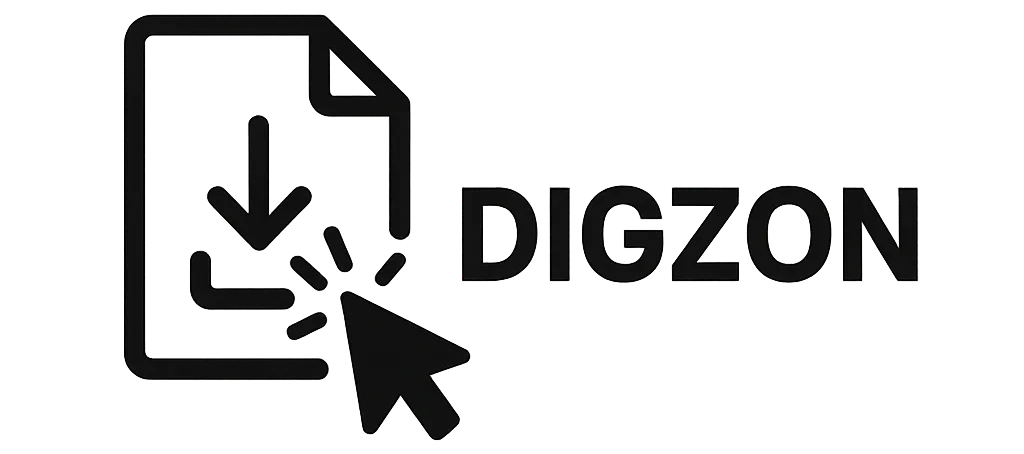[PDF] Optical Imaging of Brain Function and Metabolism B. Chance (auth.), Ulrich Dirnagl, Arno Villringer, Karl M. Einh?upl (eds.)
$9.99
? . . . . At last the doctor will be freed from the tedious interpretation of screens and photographs. Instead, he will examine and scan through his patient directly. Wearing optical-shutter spectacles and aiming a pulsed laser torch, he will be able to peer at the beating heart, study the movement of a joint or the flexing of a muscle, press on suspect areas to see how the organs beneath respond, check that pills have been correctly swallowed or that an implant is savely in place, and so on. A patient wearing white cotton or nylon clothes that scatter but hardly absorb light, may not even have to undress . . . . ?. David Jones, Nature (1990) 348:290 Optical imaging of the brain is a rapidly growing field of heterogenous techniques that has attracted considerable interest recently due to a number of theoretical advantages in comparison with other brain imaging modalities: it uses non? ionizing radiation, offers high spatial and temporal resolution, and supplies new types of metabolic and functional information. From a practical standpoint it is important that bedside examinations seem feasible and that the implementations will be considerably less expensive compared with competing techniques. In October 1991, a symposium was held at the Eibsee near Garmisch, Germany to bring together the leading scientists in this new field.


![[PDF] Optical Imaging of Brain Function and Metabolism B. Chance (auth.), Ulrich Dirnagl, Arno Villringer, Karl M. Einh?upl (eds.)](https://digzon.com/wp-content/uploads/2024/04/353cb63c674bab8efadacc324d0f714a-d.jpg)


![[PDF] Complementary and Alternative Medicine, 2nd Edition Steven B. Kayne](https://digzon.com/wp-content/uploads/2024/04/13628a699cc6a06eea16e9b446a1b890-d-247x296.jpg)
![[PDF] Streptomyces in Nature and Medicine: The Antibiotic Makers David A. Hopwood](https://digzon.com/wp-content/uploads/2024/04/158d956c150db601e5bab21ea46eada6-d-247x296.jpg)
![[PDF] Parkinson's Disease: Methods & Protocols (Methods in Molecular Medicine) Maral Mouradian](https://digzon.com/wp-content/uploads/2024/04/17da01ab3d3e6f6f879bc58a177c06d6-d-247x296.jpg)
![[PDF] Emergency Medicine PreTest Self-Assessment and Review Adam Rosh, Stephen Menlove](https://digzon.com/wp-content/uploads/2024/04/14cecfc3d59db1212cd139cc476c3602-d-247x296.jpg)
![[PDF] The Care of Brute Beasts: A Social and Cultural Study of Veterinary Medicine in Early Modern England (History of Science and Medicine Library) Louise Hill Curth](https://digzon.com/wp-content/uploads/2024/04/17527e133d6800b4f18024412b786be0-g-247x296.jpg)
![[PDF] Innovations in Medicine and Health: Diffusion and Resistance in the Twentieth Century (Routledge Studies in the Social History of Medicine) J. Stanton](https://digzon.com/wp-content/uploads/2024/04/1359b922f6aa2f4dd18023d6cf4ad4a1-d-247x296.jpg)
![[PDF] Giant Pandas: Biology, Veterinary Medicine and Management David E. Wildt, Anju Zhang, Hemin Zhang, Donald L. Janssen, Susie Ellis](https://digzon.com/wp-content/uploads/2024/04/14f9d8840570b1ad7e64fcd4635b6c13-d-247x296.jpg)
![[PDF] Sports Medicine: A Comprehensive Approach, Second Edition Giles MD Scuderi MD, Peter MD McCann MD](https://digzon.com/wp-content/uploads/2024/04/155cae88ecec2fc7cfa8e2540a4f1d09-d-247x296.jpg)
Reviews
There are no reviews yet.